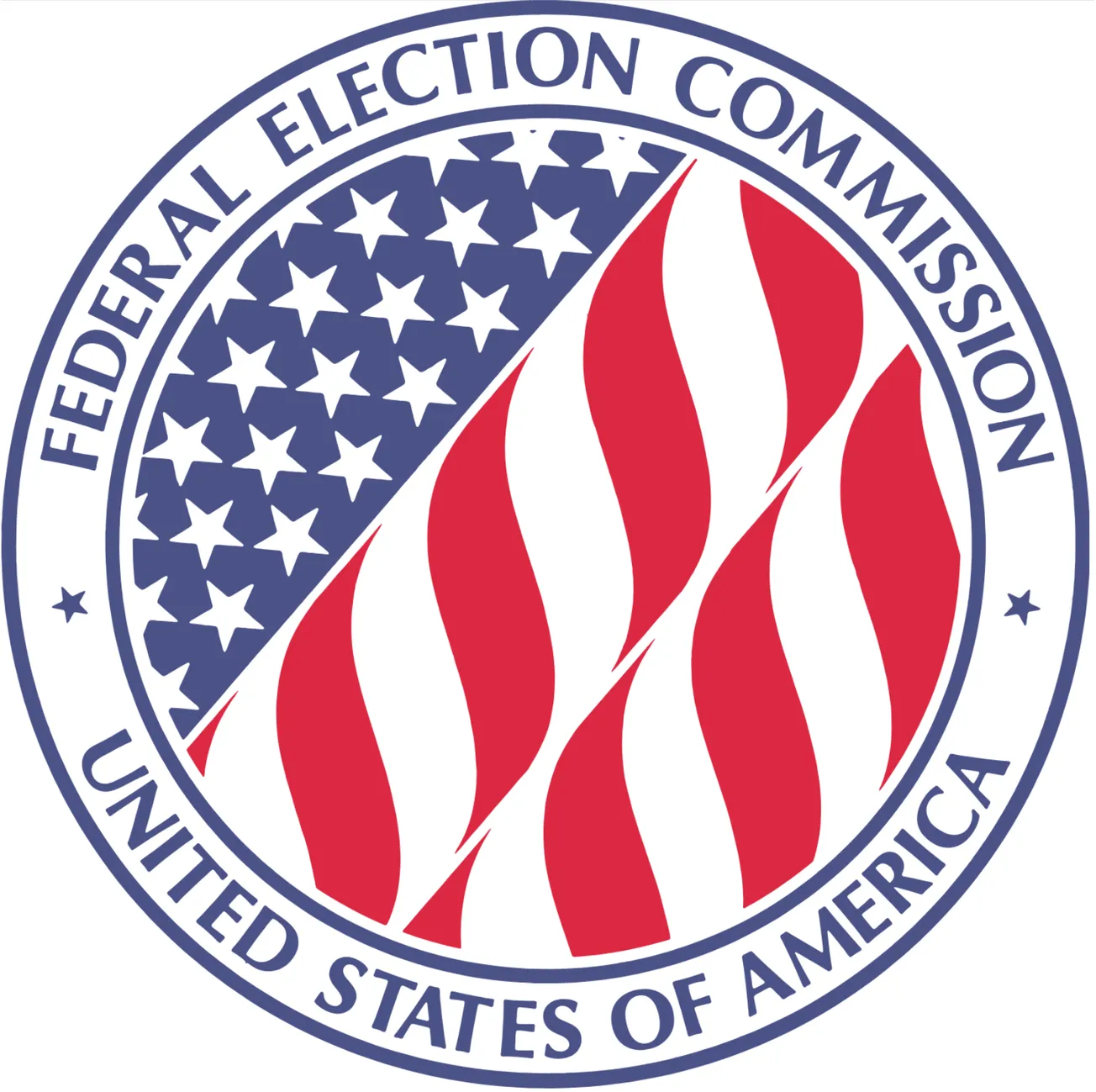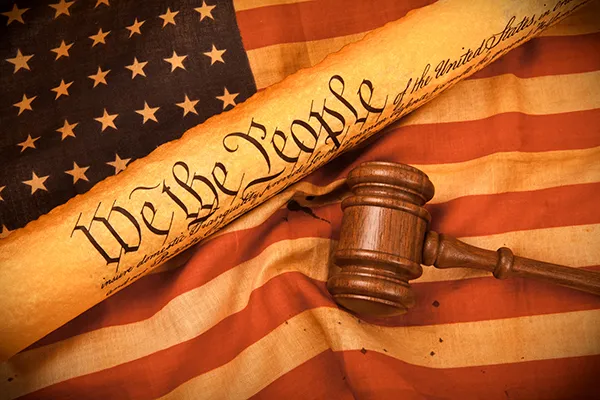Table of Contents
Most candidates spent their campaign budgets largely on television commercials, phone calls, mailers, and billboards. This cycle also saw an increase in online advertising, which has looser regulations than other established campaign methods. Online advertisements seem to be boosting interest in the candidates on the internet: Google Trends suggests that there were nearly twice as many searches related to the United States Senate during November 2014 than during the last midterm elections in November 2010. In addition to spending money on advertisements, each candidate also spent much of the previous year traveling to schools and towns in their state to gain voter and media support.
Total campaign expenditures have more than doubled from the $1.6 billion spent in the 1996 elections. However, these exorbitant campaign budgets are not new to the United States. As early as the 1800 Presidential elections between Thomas Jefferson and John Adams, Jefferson paid the editor of the Richmond Examiner to promote his platform. This type of spending set a precedent that has now soared into the billions, involving hundreds of full-time campaign workers. During the 2014 Senate midterm election in North Carolina, for example, candidates Thomas Tillis and Kay Hagan spent a total of $111 million on their campaigns. Senate candidates across the nation spent comparable sums to defeat their opposition.
Bashing other candidates and their campaigns is not a recent phenomenon either. In the 2012 presidential campaign, 65 percent of ads were negative towards other candidates, according to Wesleyan Media Project. Smear campaigns have been around since the inception of the United States government. In the partisan battle between John Adams and Thomas Jefferson, for example, Jefferson claimed that Adams “had hideous hermaphroditical character, which has neither the force and firmness of a man, nor the gentleness and sensibility of a woman.” Similarly, in the 1884 campaign between Grover Cleveland and James Blaine, Cleveland’s campaign used ad hominem rhetoric such as “Blaine, Blaine, James G. Blaine, The Continental Liar from the State of Maine” to sway voters. This type of campaigning, prevalent in today’s presidential and congressional elections, has been an unfortunate part of American politics for centuries.
As the election campaign budgets increase, critics have questioned the democratic merit of a system which can be heavily influenced by wealth. The concern over high campaign spending was enough to incite the 1971 Federal Election Campaign Act (FECA), which put hard limits on campaign donations and spending for individuals and organizations alike. Many of the limits were deemed unconstitutional under the First Amendment after the 1976 United States Supreme Court case Buckley v. Valeo. Nevertheless, the Federal Election Commission established under FECA still imposes several types of limits on the financing of election campaigns. For example, individuals can only donate up to $2600 to an individual candidate’s campaign per election.
Efforts to curtail campaign finances seem to be minimally effective – the campaign budgets have continued to set records, and the wealthiest individuals and organizations have found alternative ways to fund their preferred parties. One loophole is “soft money”, a donation given to a party rather than a candidate, which is completely unrestricted and allows donors to circumvent the FECA limits imposed for individual candidate donations. However, Democrats and Republicans alike can rest assured that neither party is significantly advantaged by soft money: according to a study performed by American Government and Politics Today, Republicans spent $244 million in soft money in 2000, while Democrats spent $243 million that year for their party. Much of the legislation surrounding campaign finance has not affected how much money goes to candidates, but how money gets to candidates.






